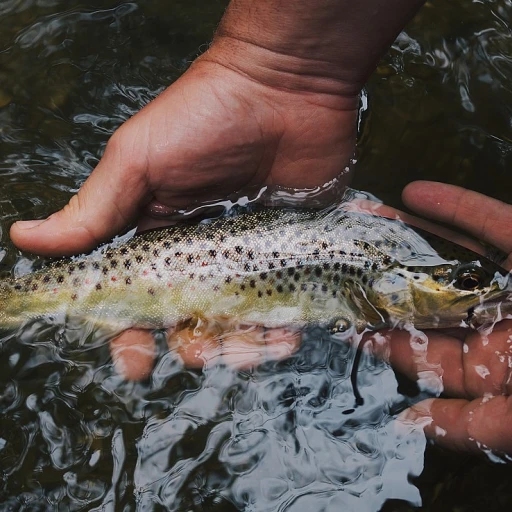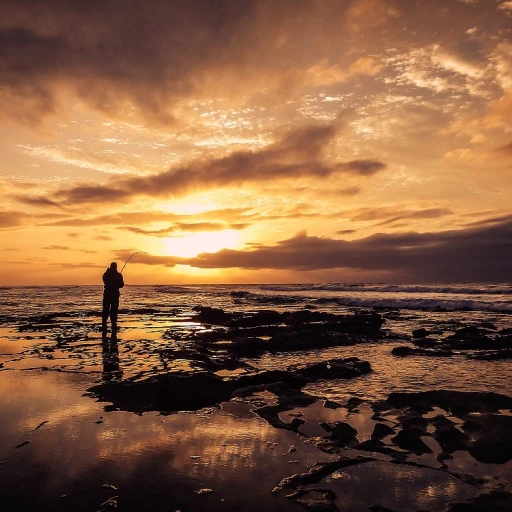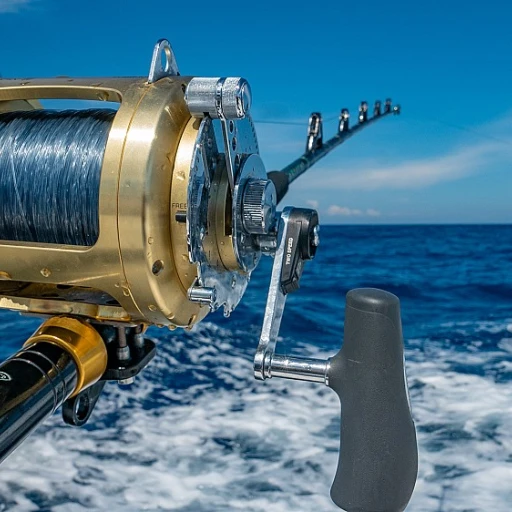
The epic catch: Scott Enloe's record-breaking lake trout
The anglers behind the incredible catch
Scott Enloe and his son Hunter Enloe set out on what seemed like a regular fishing trip on Colorado's Blue Mesa Reservoir. But their outing quickly turned extraordinary when Scott caught what might be the largest fish ever caught, a jaw-dropping lake trout. Hunter documented the whole adventure and helped his dad with the monumental catch.
Record-breaking specifics
The lake trout caught by Scott Enloe weighed a gargantuan 73.29 pounds, nearly toppling the previous records. As of now, it's a pending world record, and the fishing community waits eagerly for the International Game Fish Association (IGFA) to confirm its new status. What's compelling about this particular fish is how its massive weight and size stand out in the sport fishing records.
How the father-son duo prepped
Preparation was key to Scott and Hunter's success. They equipped their boat with high-quality gear from brands like Okuma and Abu Garcia. Scott's expertise and Hunter's enthusiasm ensured they were ready for any catch, big or small. Their meticulous approach paid off, leading to a potentially record-breaking fish.
Contributing factors to landing a world record trout
Lake trout in Blue Mesa Reservoir are known for their impressive size. Various factors contributed to Scott Enloe's triumph, from water temperature to the type of bait used. Expert fishermen argue that understanding fish behavior and lake conditions play a crucial role in such remarkable catches. The duo's knowledge and experience certainly paid off in this unforgettable moment.
Why verification is vital
The process of verifying record catches like Scott's lake trout is stringent. The IGFA looks at photos, weighs the fish, and examines the gear used. This ensures that all records are credible and upheld to high standards. Currently, Scott's lake trout is under review, exciting the fishing community immensely.
Behind the scenes: the father-son duo's fishing adventure
Behind the scenes: the father-son duo's fishing adventure
A bond forged on the water
Scott Enloe and his son, Hunter, have a tale that every fishing enthusiast dreams about. Imagine being out on the beautiful Blue Mesa Reservoir, chatting, laughing, and then boom! The biggest fish of your life bites. This isn't just a fishing story; it's a testament to a bond that's as deep as the waters they fish.
Preparation and perseverance
Scott and Hunter are no strangers to fishing. With countless hours on the water, their experience and dedication make an explosive combination. They meticulously plan their trips, always with an eye on the weather, the pressure systems, and their old favorite fishing spots. Yet, even with all the preparation, fishing often comes down to perseverance. Scott's mantra? "The big one is out there; you just have to be out there to catch it."
The magical moment
During their record-breaking day, conditions were perfect. Using specialized gear from brands like GSO and Abu Garcia, Scott and Hunter were prepared for anything. And then it happened. Hunter felt the tug, and after a heart-pounding struggle, they managed to reel in a monstrous lake trout that would later be confirmed for a potential pending world record. The fish, weighing an astonishing number of pounds, looked surreal, as if tons of muscle and sheer willpower were captured in one incredible moment.
Equipment and techniques
Scott credits a lot of their success to their equipment. From top-notch rods and reels from Okuma and Abu Garcia to the live baits they used, every piece of gear was chosen with precision. Couples of hours studying lake patterns and fish behaviors paid off. The Narrating his incredible experience, Scott shared his feeling: "It was like catching a piece of history."
For more behind-the-scenes stories and detailed fishing equipment essentials, check out our post on biggest fish ever caught!
Expert insights: what makes a lake trout a record-breaker?
What factors contribute to record-breaking lake trout?
When it comes to catching a world record lake trout, several elements play crucial roles. From the physical attributes of the fish to the environmental conditions of the lake, understanding these factors can offer valuable insights.Genetics and growth potential
The genetic makeup of a lake trout significantly impacts its growth potential. Certain trout have the genes that predispose them to reach enormous sizes. Biologists note that these genetics are often enhanced by selective breeding and minimal predation. For example, trout in Blue Mesa Reservoir and Great Bear Lake tend to grow larger due to fewer predators, offering an excellent environment for their genetic potential to be fully realized.Environmental conditions
The lakes that produce the biggest record trout share common characteristics. Cold, deep waters with an abundant food supply create perfect growing conditions. According to experts, the colder water slows down their metabolism, allowing them to grow larger over a longer lifespan. Blue Mesa Reservoir in Colorado, for instance, offers just such an environment, contributing to its reputation as a hotspot for big catches. The same goes for Great Bear Lake in Canada's Northwest Territories, known for producing some of the world's largest lake trout.Nutritional availability
The availability of food sources like kokanee salmon and smaller fish significantly affects the growth of lake trout. More food means more opportunities for the trout to grow. Anglers like Scott Enloe, who caught a record-breaking lake trout in Blue Mesa Reservoir, often target spots where food sources are plentiful. These areas enable the fish to reach sizes that break records, as evidenced by Enloe's catch that weighed in at an astronomical number of pounds.Fishing regulations and conservation
Conservation policies and fishing regulations also play essential roles. Blue Mesa Reservoir, for example, has strict regulations that limit overfishing, ensuring a stable fish population. Organizations like the International Game Fish Association (IGFA) help set these standards globally, aiming to preserve the fish populations and the sport's integrity. Sustainable fishing methods promote the growth of larger lake trout, contributing to new records being set. So whenever a fisherman reels in a giant, it's rarely just about luck. It's a mix of ideal conditions, the trout's genetics, and environmental factors that make the dream catch possible. For more details on how iconic fishing spots contribute to monumental catches, check out our post here.The significance of Blue Mesa Reservoir in lake trout fishing
Blue Mesa: A lake trout haven
Blue Mesa Reservoir is not just another fishing spot—it's a trout angler's paradise. Situated in Colorado, this man-made lake spans over 9,000 acres, featuring an array of structures like submerged trees and rock formations that make it ideal for lake trout. With a depth reaching nearly 300 feet, it offers the perfect habitat for these fish to thrive.Why Blue Mesa stands out
Many factors contribute to Blue Mesa's reputation as a premier lake trout hotspot. The lake's cold water temperatures and rich ecosystem support a healthy trout population, ensuring that the fish here have ample food to grow larger and stronger.Famous catches
Blue Mesa has long been a focal point for serious anglers pursuing record catches. Aside from the phenomenal fish caught by Scott and Hunter Enloe, other record lake trout from this reservoir have frequently made headlines. It's a place where dreams of landing a big fish often turn into reality.Supporting research and conservation
The impact of Blue Mesa on lake trout fishing extends beyond just recreational activities. Research and conservation efforts are in full swing to maintain the health and sustainability of the lake's fish population. Local organizations and specialists continuously monitor and improve the aquatic environment, ensuring a thriving habitat for future generations of anglers.The community's role
The local fishing community plays a significant role in sustaining Blue Mesa's allure. With a deep respect for the water and fish, anglers adhere to conservation practices and catch-and-release guidelines set by authorities. This collective responsibility ensures that the lake remains a world-class fishing destination.Visiting Blue Mesa
Whether you're a seasoned angler or a novice, a trip to Blue Mesa Reservoir offers an unforgettable experience. The lake is accessible via several entry points, with boat rentals and guided tours available for those who want to maximize their fishing opportunities. Visiting anglers are always encouraged to check local regulations and guidelines to help protect this cherished fishing habitat.The role of the International Game Fish Association (IGFA)
A look inside the International Game Fish Association (IGFA)
The International Game Fish Association (IGFA) plays an essential role in the fishing community, especially around record-breaking catches. Founded in 1939, the IGFA is recognized globally, setting the standards for record approvals and ensuring the authenticity of every angler’s achievement.
When Scott Enloe caught his massive lake trout, the IGFA was the organization responsible for verifying the catch. The association utilizes rigorous protocols to ensure that every potential record meets their stringent criteria. For example, the fish must be caught in legal waters, and the tackle used must adhere to IGFA rules. This means that the catch has to be documented meticulously, from the fight to the weigh-in.
Trusted by anglers worldwide
Anglers like Enloe trust the IGFA because of its credible reputation. According to Chris Woodward from Sport Fishing Magazine, the IGFA maintains an advisory council of top experts who scrutinize every detail of a submitted record. For Enloe's catch, this meant a thorough examination of his fishing gear, the weight of the trout, and even the circumstances under which it was caught.
Keeping records accurate and reliable
One intriguing aspect of the IGFA's process is the witness statement requirement. Any record fish, like the Enloe lake trout, must have a reliable witness, ideally one unaffiliated with the angler, to confirm the catch's legitimacy. This protocol prevents any fraudulent claims and ensures the integrity of the sport.
Continuous battle against controversy
Despite their efforts, controversies can still arise. Some anglers believe that the IGFA's rules are overly stringent or biased towards particular fishing styles. For instance, there's ongoing debate within the community about the use of live bait versus artificial lures, which can sometimes influence a record's acceptance. However, the IGFA remains steadfast in its commitment to fairness and rigor.
For any aspiring angler aiming to set a new record, understanding the IGFA’s rules and processes is critical. It's not just about catching a big fish; it's about doing so under the watchful eye of an organization that values integrity and tradition in the sport of fishing.
Record-breaking trends in lake trout fishing
Record-breaking statistics and trends in lake trout fishing
If you're a fishing enthusiast, you might've noticed how lake trout records are being shattered more frequently. Since the 1950s, a trend has emerged highlighting a surge in the size and weight of lake trout catches. Experts attribute this trend to a combination of improved fishing techniques, advanced equipment, and better understanding of fish behavior. For instance, consider Scott Enloe's recent record-breaking lake trout caught at Blue Mesa Reservoir, Colorado. This catch not only redefined the state record but also challenged the existing world record. Enloe weighed in at a staggering 73.29 pounds, a testament to the increasing potential of lake trout fishing across North America. ### factors influencing record-breaking catches Various factors contribute to these remarkable catches. The advancements in fishing gear, such as Okuma and Abu Garcia rods, have significantly impacted angling success. Additionally, the implementation of scientific fish management practices ensures sustainable and thriving fish populations. Fish biologists point to environmental changes like the introduction of new forage species and habitat modifications as crucial elements. These changes often result in better food availability and growth rates for lake trout. For example, the abundance of prey species in Blue Mesa Reservoir and Great Bear Lake in Canada, both renowned for producing large fish, play a pivotal role in encouraging these record-breaking catches. ### notable catches and trends Interestingly, one of the largest lake trout ever caught was by Lloyd Bull in Great Bear Lake, which weighed an astonishing 72 pounds, set back in 1995. Despite numerous attempts, breaking this long-standing record has proven challenging, though recent trends suggest it's only a matter of time before the next record falls. Moreover, the Enloe father-son duo's catch on the Blue Mesa Reservoir illustrates how fishing communities can benefit from shared knowledge and collective experience. Their success story has inspired countless anglers to pursue their own potential world record catches, with Blue Mesa becoming a significant hotspot. ### the future of lake trout fishing The future of lake trout fishing looks bright, with numerous lakes globally harboring the potential for record-breaking fish. However, aspiring anglers will need to balance their pursuit with sustainable fishing practices, ensuring fish populations remain robust for future generations. Renowned fishing magazines and experts encourage patience, skill development, and respect for the game fish. As technology advances and fishing methods continue to evolve, the chances of encountering record-breaking lake trout are likely to increase. It's an exciting time for anglers everywhere, with many looking forward to the next big catch and the potential stories and records it will undoubtedly bring.Controversies and challenges in record verification
Disputes and difficulties in verifying record catches
When it comes to verifying a potential world record lake trout catch like Scott Enloe's impressive haul, the process is far from straightforward. The International Game Fish Association (IGFA) has stringent guidelines to ensure that each record is legitimate. Even slight deviations can lead to disputes and scrutiny.
For instance, one of the major hurdles in the record verification process involves the exact measurement of the fish's weight. The scale used must be certified, and any variations can cause significant controversy. In Scott Enloe's case, the lake trout weighed pounds on a certified scale, as documented by multiple witnesses. However, discrepancies often arise when fishermen use non-standard scales or fail to follow protocol.
Another sticking point is the documentation of the catch. Ensuring that every aspect adheres to IGFA rules is crucial. From the type of tackle used to the sequence of events leading up to the catch, every detail should be meticulously recorded. Scott and Hunter Enloe were careful to document their epic adventure at Blue Mesa Reservoir, but not all anglers are as diligent. Missteps in this area can lead to doubts about the authenticity of the record.
Environmental factors like water temperature and fish behavior also play a role. Expert insights suggest that lake trout are more likely to reach record-breaking sizes in colder waters like those found in Blue Mesa Reservoir and Great Bear Lake. This is one reason why anglers in these locations have a higher probability of breaking records, creating additional layers of complexity in verification when catches come from less recognized areas.
Adding to the controversy are the unverified claims that circulate within the fishing community. Stories of gigantic lake trout abound, but without proper evidence, they remain just that—stories. This backdrop makes it even more essential for verified catches to follow a standard protocol to avoid skepticism.
With all these variables in play, it's no wonder that the verification process can be fraught with challenges. Yet, it's these rigorous standards that uphold the credibility of records like Scott Enloe's, ensuring that each recognition is a true testament to the angler's skill and dedication.

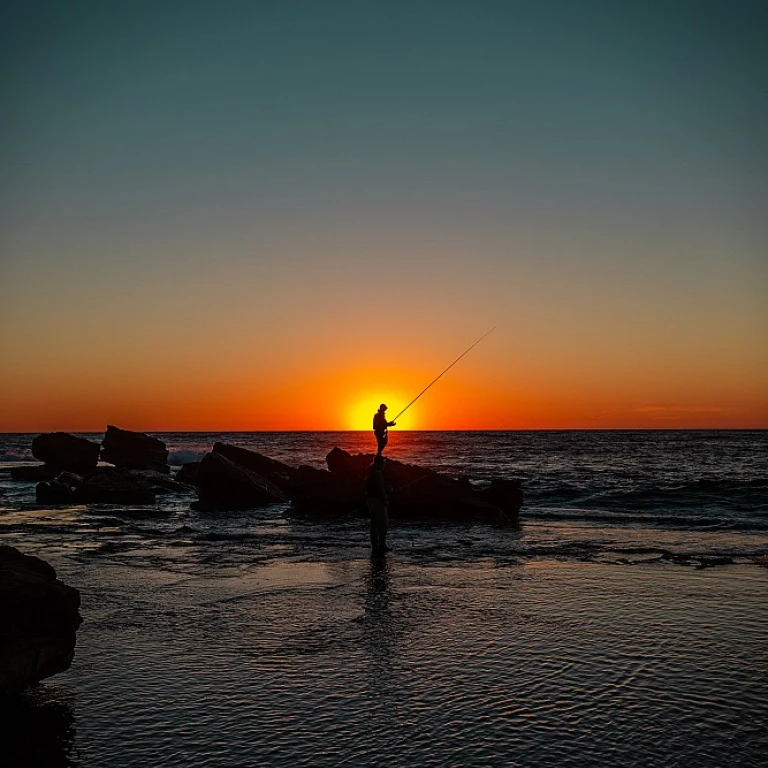


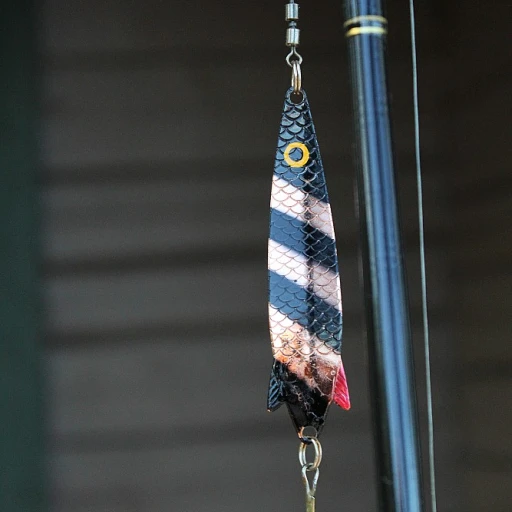
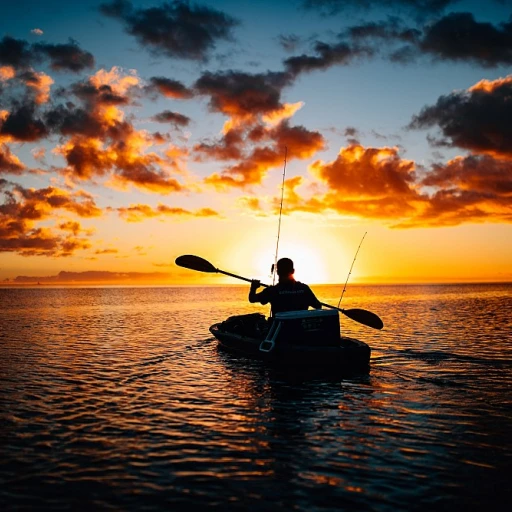
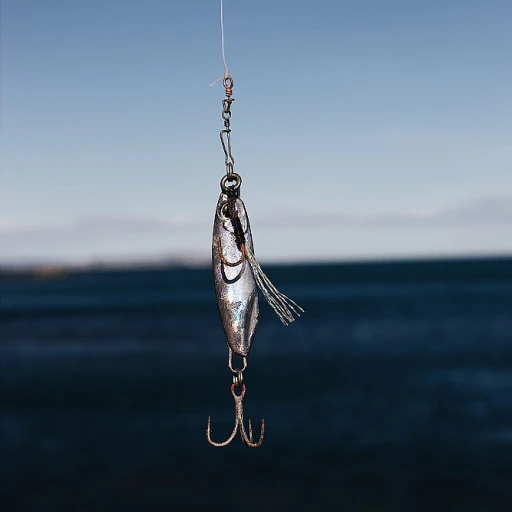
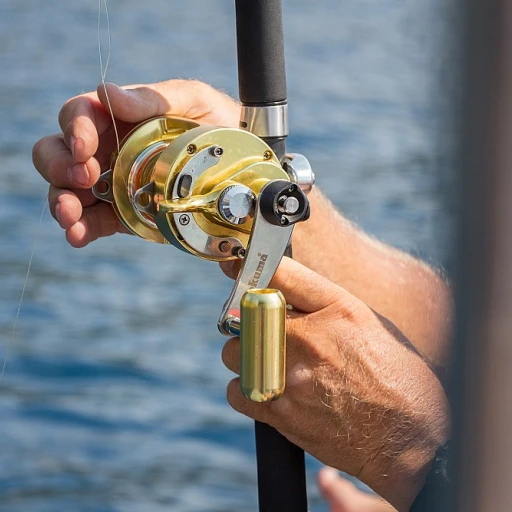
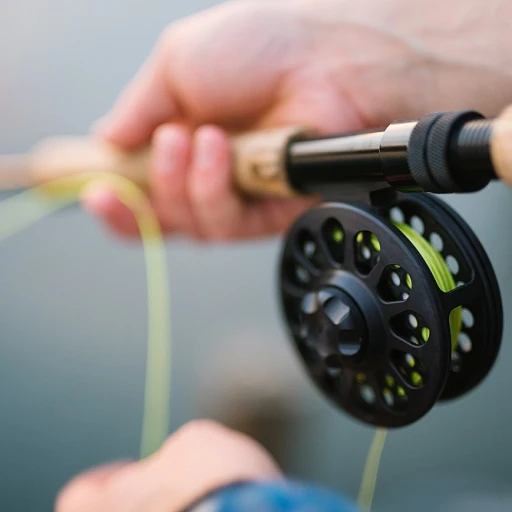
-large-teaser.webp)
